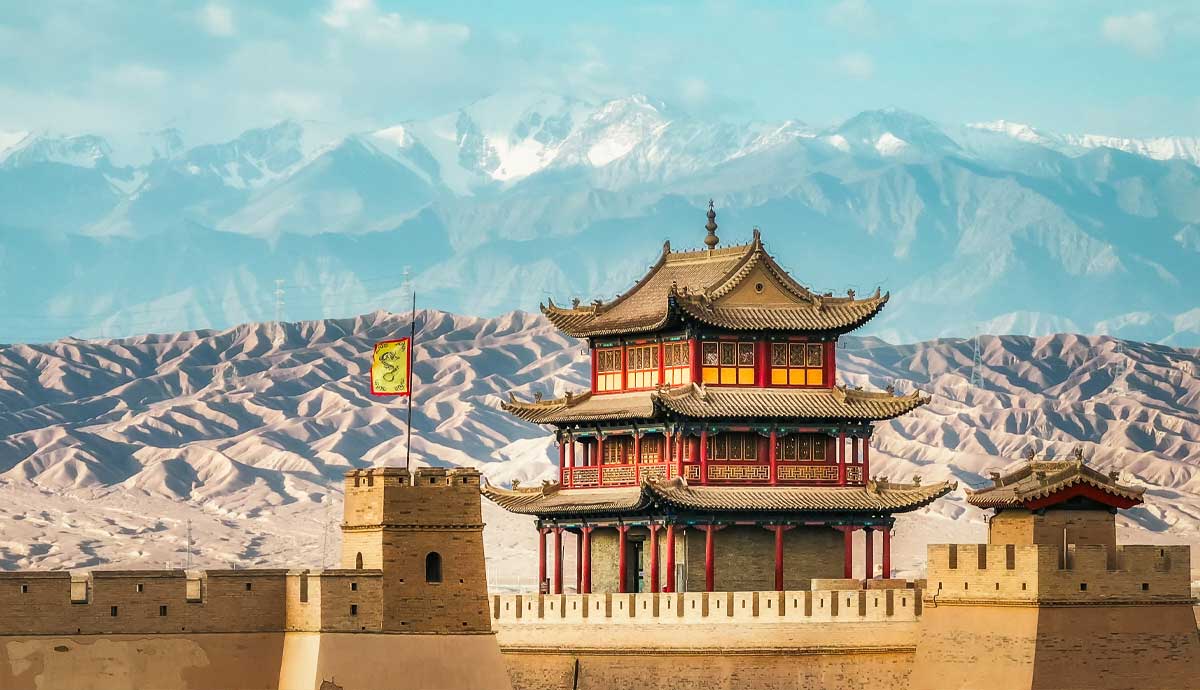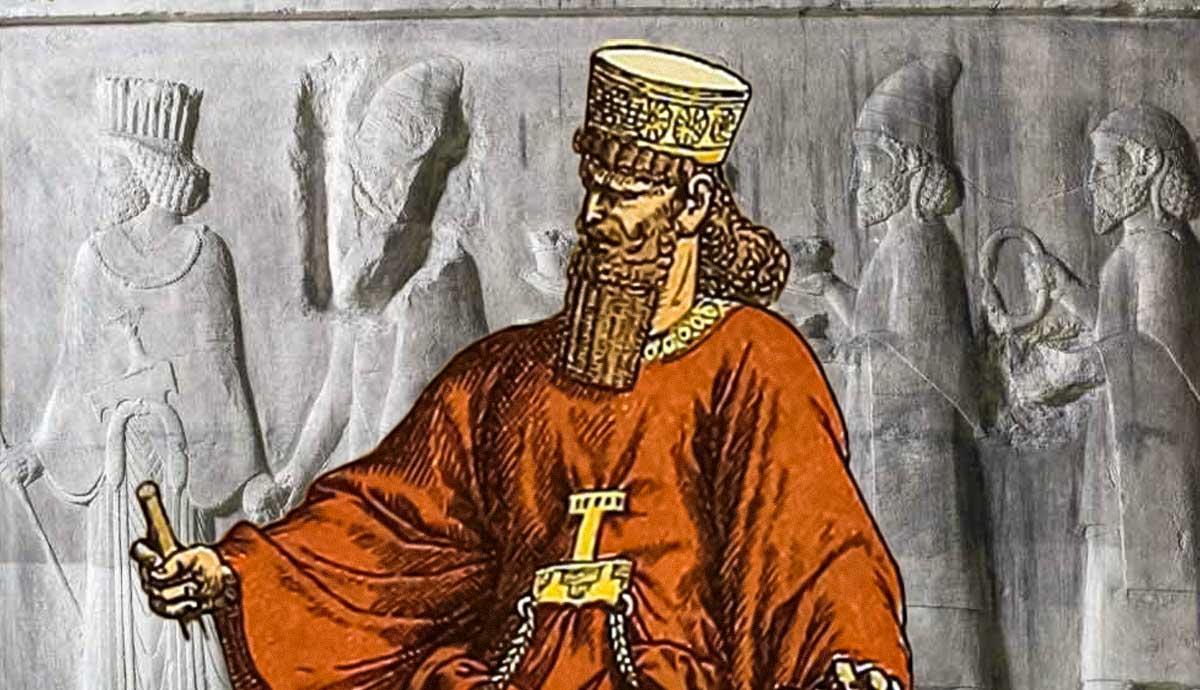
China’s claim to over 5,000 years of continuous civilization raises a powerful question. With ancient empires like Egypt and Mesopotamia now gone, is China the world’s longest-lasting civilization? Read on to explore the concept of civilizational continuity and whether China’s legacy truly remains unparalleled in its longevity.
What Does It Take to Be the Longest-Lasting Civilization?

Determining the world’s longest-lasting civilization isn’t as simple as asking who came first. Longevity is not measured in a number of years, but in cultural survival. Unlike other ancient societies that eventually faded or fragmented beyond recognition, China meets all four of the following criteria typically used by historians:
| Criteria | Details |
| • Linguistic Continuity | A civilization retains and evolves its writing and language over time. In China’s case, modern Chinese characters derive directly from Shang dynasty inscriptions that date back over 3,000 years. |
| • Cultural and Philosophical Identity | Long-lasting civilizations preserve core belief systems, social rituals, and values. Confucianism, Daoism, and ancestor veneration, all developed thousands of years ago, remain integral to Chinese culture today. |
| • Institutional Legacy | Administrative systems and governance styles reinforce identity over time. From imperial bureaucracy to merit-based civil service exams, the foundation of China’s dynastic infrastructure remains visible in its modern-day government. |
| • Geographic Continuity | Civilizations that remain in the same place tend to maintain steady environmental and social roots. China’s cultural and political centers have been centered around the Yellow River basin and eastern lowlands for millennia. |
How China Survived While Other Ancient Civilizations Collapsed

China’s roots in the Yellow River basin trace back to Neolithic settlements. The Xia, Shang, and Zhou dynasties introduced a writing system, centralized governance, and philosophical schools to the ancient civilization.
| Dynasty | Dates | Signature Continuity Milestone |
| Shang | c. 1600 – 1046 BCE | Oracle-bone script lays the foundation for Chinese characters |
| Zhou | 1046 – 256 BCE | Mandate of Heaven concept and early Confucian thought take root |
| Qin | 221 – 206 BCE | Standardizes writing, currency, and measurements under one empire |
| Han | 206 BCE – 220 CE | Civil service examinations institutionalize Confucian bureaucracy |
| Sui | 581 – 618 | Reunifies China and revives the imperial exam system |
| Tang | 618 – 907 | Woodblock printing spreads Confucian classics empire-wide |
| Song | 960 – 1279 | Neo-Confucianism and movable-type printing reshape education |
| Yuan | 1271 – 1368 | Mongol court adopts Chinese bureaucracy and written Chinese |
| Ming | 1368 – 1644 | Mandarin becomes court language; exams reach their peak scale |
| Qing | 1644 – 1912 | Manchu rulers preserve Confucian rituals and exam tradition |
Over the centuries, amidst shifting dynasties, invasions, and upheavals, China’s core cultural structures persisted. The Yuan and Qing dynasties, despite being foreign-led, adopted Chinese bureaucracy and customs instead of erasing them. The Qin dynasty unified law and script, while the Han dynasty institutionalized Confucianism.

In contrast, Egypt relinquished its ancient religion and system of writing after the Roman Empire took over, and Mesopotamia fragmented under repeated conquests. India preserved its religious traditions but changed languages and ruling systems frequently. All the while, China’s civilizational fabric—including its language, institutions, and philosophies—has remained largely intact from its Bronze Age origins to the modern day.
The Debate Behind China’s 5,000-Year Civilizational Timeline

Some scholars question the idea of an unbroken 5,000-year Chinese civilization, pointing to political upheavals like the fall of the Han dynasty and the Three Kingdoms period. They argue that modern nationalism and mythmaking may have shaped the narrative of continuity. For example, the 20th-century Cultural Revolution sought to replace traditional values with communist ideals—yet key aspects of Chinese identity endured both during and after the decade-long campaign.
While strong evidence supports China’s long-term cultural and institutional continuity, it is also important to recognize that this framework favors civilizations with written histories. Oral cultures, including many Native American and other Indigenous traditions, also possess deep-rooted histories that are overlooked simply because they weren’t written down.
Is China Really the World’s Longest-Lasting Civilization?

Indeed, based on its enduring language, culture, and institutions, China stands out among ancient civilizations. Despite shifting borders, collapsed dynasties, and revolutionary upheavals, core cultural elements have persisted. While other ancient societies vanished or transformed beyond recognition, China’s identity remains visible in its texts, temples, and traditions. Although “civilization” can be defined in various ways, China’s continuous cultural lineage makes a compelling case for it as the world’s longest-lasting civilization still in existence.










